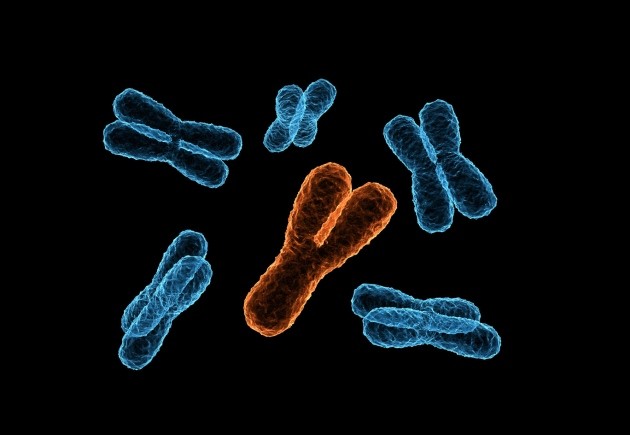The sex of human and other mammal babies is determined by a male-determining gene on the Y chromosome. However, the human Y chromosome is degenerating and may disappear within a few million years, potentially leading to our extinction unless a new sex-determining gene evolves. Fortunately, there’s promising news: two branches of rodents have already lost their Y chromosomes and managed to survive by evolving alternative systems.
A new study published in Proceedings of the National Academy of Sciences reveals that spiny rats have developed a new male-determining gene, offering a fascinating example of how evolution can adapt to such challenges.
In humans and other mammals, females typically have two X chromosomes, while males possess one X and one Y chromosome. Despite its small size and limited number of genes (about 55 compared to the X chromosome’s 900), the Y chromosome plays a critical role because it contains the SRY gene, which triggers male development. Around 12 weeks after conception, this gene activates a pathway that leads to the development of the testes, which produce male hormones necessary for the embryo to develop as male.
The SRY gene was identified in 1990, and it functions by initiating a genetic pathway involving SOX9, a gene critical for male determination in all vertebrates, even though SOX9 itself is not located on the sex chromosomes.
However, the Y chromosome has been losing genes over millions of years. For example, Australia’s platypus has sex chromosomes more like those of birds, suggesting that the mammalian X and Y chromosomes were once an ordinary pair of chromosomes. Over 166 million years of evolution, humans and platypuses diverged, and the Y chromosome lost most of its original 900 active genes. If this rate of loss continues, the remaining 55 genes could disappear within 11 million years. This prospect has sparked ongoing debates, with estimates about the Y chromosome’s longevity ranging from thousands of years to infinite time.
The good news is that some mammals have already lost their Y chromosomes and found alternative solutions. Certain species of mole voles in Eastern Europe and spiny rats in Japan have completely lost their Y chromosomes and the SRY gene, yet they continue to thrive. In these species, the X chromosome persists in both sexes, but how sex is determined without the SRY gene has remained a mystery.
In the case of spiny rats, researchers led by Asato Kuroiwa from Hokkaido University have made significant progress. They found that most of the genes from the spiny rat’s Y chromosome had been relocated to other chromosomes. However, they initially could not find a replacement for the SRY gene. Now, they have identified a tiny duplication near the SOX9 gene on chromosome 3 that appears to serve as the new male-determining factor. This small duplication, only 17,000 base pairs long, is present in all male spiny rats but absent in females. It seems to act as a switch to activate SOX9 without needing SRY. When this duplication was introduced into mice, it boosted SOX9 activity, demonstrating its role in male determination.
This discovery has significant implications for the future of humans. If the Y chromosome eventually disappears, humanity could theoretically evolve a new sex-determining system, as seen in spiny rats. However, this process is not without risks. Multiple new systems could emerge in different populations, potentially leading to the formation of distinct species—a phenomenon already observed in mole voles and spiny rats.
If the human Y chromosome does disappear, our species might face one of two scenarios in the distant future: extinction or the emergence of several human species, each defined by unique sex-determination systems. Either way, the evolutionary path of our sex chromosomes may hold profound implications for the future of humanity.
Jenny Graves, Distinguished Professor of Genetics and Vice Chancellor’s Fellow, La Trobe University
This article is republished from The Conversation under a Creative Commons license. Read the original article.


